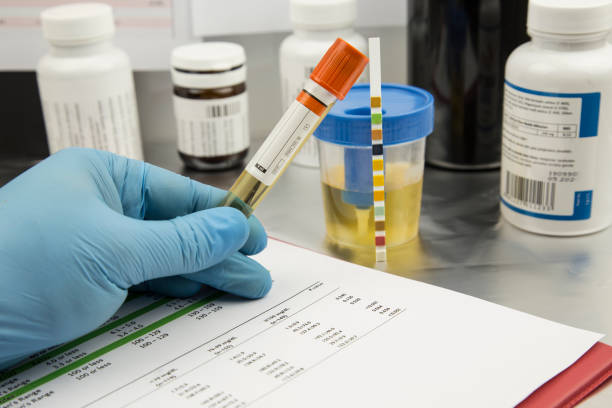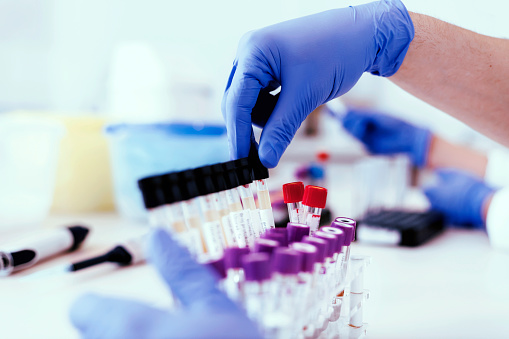Introduction
In today's fast-paced work environment, ensuring workplace safety and productivity is vital for both employers and employees. One aspect of this is managing the risk of substance abuse among workers. Drugs and alcohol testing in the workplace has become a common practice to help address this issue. But is it always necessary? What are the different methods of testing, and what are the legal and ethical implications?
In this comprehensive guide, we will dive into the world of drugs and alcohol testing in the workplace. We will discuss the reasons for implementing testing policies, the various testing methods available, and the employee rights and employer responsibilities surrounding drug and alcohol testing. By the end of this article, you will have a better understanding of the role that drug and alcohol testing plays in ensuring workplace safety and productivity.
Why Implement Drugs and Alcohol Testing in the Workplace?
There are several reasons why employers may choose to implement drugs and alcohol testing policies in the workplace. These include:
- Ensuring workplace safety: Substance abuse can lead to impaired judgment and reduced motor skills, which can be dangerous in certain industries, such as construction, transportation, and healthcare.
- Enhancing productivity: Substance abuse can lead to decreased productivity, increased absenteeism, and higher employee turnover rates
- Complying with regulations: Some industries, such as transportation, are subject to federal or state regulations that require drug and alcohol testing.
- Reducing legal liability: Employers can be held liable for accidents or incidents caused by employees under the influence of drugs or alcohol
- Rehabilitating employees: Drug testing can serve as a means of identifying employees with substance abuse problems and providing them with the support they need to recover.

Common Drug and Alcohol Testing Methods
There are several methods of drug and alcohol testing available, each with its advantages and disadvantages. Some common testing methods include:
- Urine testing: This is the most common method of drug testing, as it is relatively non-invasive and can detect the presence of drugs for an extended period. However, urine testing can sometimes result in false positives or negatives and can be subject to tampering.
- Breathalyzer testing: This method is used to detect alcohol consumption and is commonly used in law enforcement. Breathalyzer tests are non-invasive and provide instant results, but they only detect alcohol consumption within a short time frame.
- Blood testing: Blood tests can accurately detect the presence of drugs and alcohol but are more invasive and costly than other testing methods.
- Saliva testing: Oral fluid tests can detect drug use within a short window, making them suitable for post-accident or reasonable suspicion testing. They are less invasive than blood tests but may not be as accurate as other methods.
- Hair testing: This method can detect drug use over a more extended period than urine testing, but it is more expensive and may not detect recent drug use.
Implementing a Drug and Alcohol Testing Policy
Employers who wish to implement a drug and alcohol testing policy should consider the following steps:
- Determine the purpose and scope of the policy: Employers should decide what they hope to achieve with the testing policy and which employees will be subject to testing
- Choose testing methods: Employers should consider the advantages and disadvantages of each testing method to determine which is most suitable for their needs
- Develop a written policy: A clear, written policy should outline the testing procedures, consequences for failing a test, and employee rights
- Provide training and education: Employers should provide training on the policy to supervisors and employees, as well as offer resources for substance abuse prevention and treatment
- Establish a system for handling test results: Employers should have a system in place for receiving and managing test results, ensuring confidentiality and compliance with applicable laws.
Employee Rights and Employer Responsibilities
When implementing a drug and alcohol testing policy, employers must consider employee rights and their responsibilities. Some key points include:
- Employees have the right to be informed of the testing policy and procedures before being tested
- Employers must ensure that testing is conducted fairly and consistently, without discrimination
- Employees have the right to challenge the results of a drug test and request a retest if they believe the results are inaccurate
- Employers should provide support and resources for employees who test positive for drug use, including access to treatment and rehabilitation programs.

Challenges and Controversies
Drug and alcohol testing in the workplace is not without its challenges and controversies. Some concerns include:
- Privacy concerns: Employees may feel that drug testing invades their privacy and personal autonomy
- Effectiveness: Some argue that drug testing is not an effective means of addressing substance abuse in the workplace, as it does not address the root causes of addiction
- Cost: Drug testing can be costly for employers, particularly if they choose more expensive testing methods or conduct testing frequently
- Legal issues: Employers must comply with federal, state, and local laws regarding drug and alcohol testing, which can be complex and vary across jurisdictions.
Conclusion
Drugs and alcohol testing plays a crucial role in maintaining a safe and productive workplace. However, employers must carefully consider the reasons for implementing testing policies, the testing methods they select and the legal and ethical implications of their actions. By understanding the complexities of drug and alcohol testing, employers can make informed decisions that benefit both their employees and their organizations.
Comments
Post a Comment